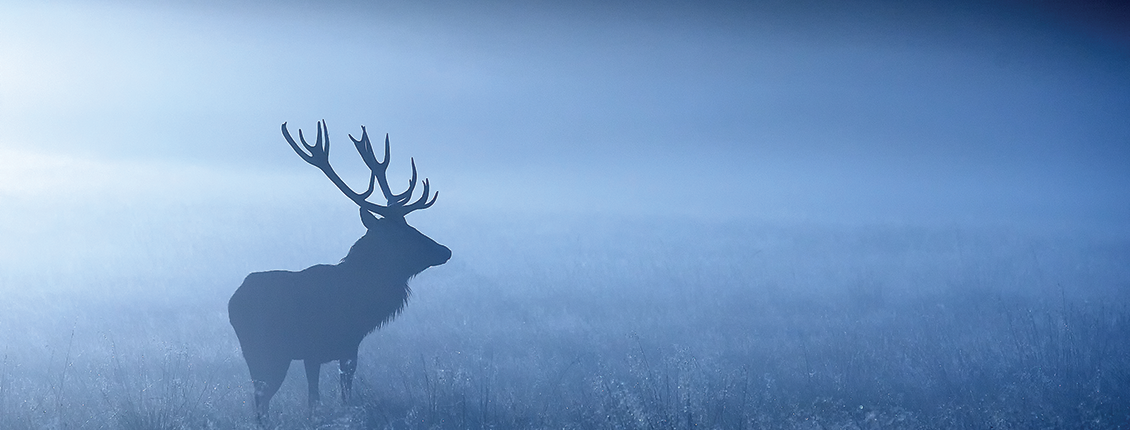
Outfitting the 21st century hunter
Updated July 11, 2019: Hunting is on the rise.
Whether for sport or viewing, both are considered forms of hunting. Every five years, the US Fish and Wildlife Service publishes a national survey. The latest one, 2016, indicates 103.7 million Americans participate, spending more than $156.9 billion. Hunters make up 11.5 million participants, while wildlife watchers total 86 million. This is great news for retailers, especially since both forms of hunting embrace trail cameras.
What are trail cameras?
Known by the various names of scouting cam, game cam, wildlife cam or trail cam, this remote camera in a weatherproof box is placed in an area known to be inhabited by wildlife. It takes either photos or video (or both) when its onboard sensors detect motion. Generally, those images are captured on a built-in SD Card to be retrieved at a later date. Nighttime images are captured by way of IR emitters. Some are bright flashes; some are low glow with just a little bit of light showing when triggered. And some are no glow. They do their job without visible illumination as to not startle wildlife.
Some of the many variables among trail cams include:
- How quickly they trigger
- Length of recovery time
- How wide the detection zone is
- Lens aperture
- How many shots are fired in Burst Mode
- If it shoots video, how long are the clips and do they include audio
- Number of IR emitters and their visibility at night
- Variety of shooting settings
- Ease of setup
- SD Card capacity
- Battery life
Why trail cameras?
First and foremost, a trail camera allows a user to monitor a particular area without having to spend extensive time in the field researching. If a trail camera doesn’t show frequent activity, users can simply move it to another likely spot till they find what they are seeking. This allows a hunter to digitally stalk the prey for an effective hunt later. Wildlife viewers use game photos as their trophies for bragging rights. And if a game cam captures something unusual or spectacular, both hunters and wildlife watchers will use it as social media fodder.
As your customers’ outfitter for adventure, here are some tips from author Jeff Sturgis that you can share with them on ways to effectively mount and monitor trail cameras. They include:
- Hanging the camera at least 6 ft. high
- Avoid placing the camera directly in the eyes of approaching animals
- Setting the camera up in areas that are 20 ft. to 40 ft. away from ideal crossings
Other great free resources include gamecameraworld.com and trailcameraexpert.com. Take advantage of these free resources to supplement your knowledge and pass it along to others.
Trail camera calling
The IoT (Internet of Things) is everywhere, including in the field. There’s a subset of trail cameras with wireless capabilities. They send images over cellular networks via their built-in SIM cards. So, like a cell phone, they require a subscription plan. Most cameras with this feature also house SD™ Cards, as a backup.
Setting sights on profits
As a retailer, it might be easy to forget about the results of the hunt after the sale is made. But those who enjoy the outdoors for hunting or wildlife watching are the ones who keep shopping year after year. Helping your customer find the right trail camera is more than making one sale; it’s about building a long-term relationship that helps them have fun—and your business thrives.
Go to petra.com to see Petra’s full line of trail cameras. While you’re there, check out our trail cam accessories. Put the total preparation package on your shelves today.
